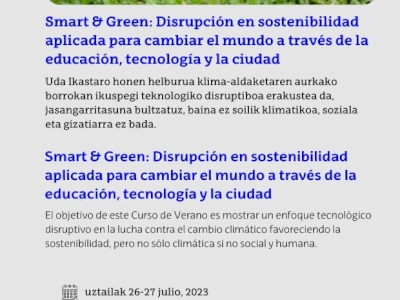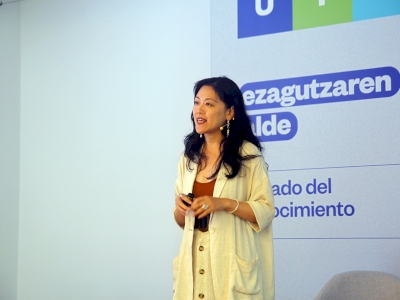healthWorld

Scientists create tiny biological robots with human cells extracted from the trachea
Cells from the trachea of healthy adults have been used to create tiny biological robots, dubbed 'anthrobots', which in a laboratory dish can move and stimulate the growth of neurons in culture that are damaged.
The creation of these robots, which vary in size from the width of a hair to the tip of a sharp pencil and were made to self-assemble, is the result of research by Tufts and Harvard universities (USA) that gives the details in a study published in Advances in Science.
The discovery is a starting point for researchers' vision of using patient-derived biobots as new therapeutic tools for regeneration, healing and treating diseases.
The origin of scientific research into these tiny robots
This research follows another published in 2020, in which a team managed to build millimeter robots assembled from embryonic cells of frogs, called 'xenobots' and capable of collecting material, recording information, healing themselves and even replicating themselves for some cycles. by themselves.
The researchers did not know whether those capabilities depended on being derived from an amphibian embryo or whether the biobots could be built from cells from other species.
Now, the team has discovered that this type of biological robots can be created from adult human cells without any genetic modification and that they show capabilities beyond what was observed with 'xenobots'.
For their study, they used human cells from the trachea, which they gave the opportunity to reboot and find ways to create new structures and tasks.
In fact, they created new multicellular shapes and could move in different ways on a surface of human neurons grown in a laboratory dish, as well as stimulate new growth to fill the gaps caused by scraping the layer of cells.
The 'anthrobots' promote the growth of neurons, since they grew under the area covered by a grouped set of these biological robots, which they called "superbot", and did not do so in the area where they were not.
An advantage of using human cells includes the ability to build robots from the patient's own to perform therapeutic work without the risk of triggering an immune response or requiring immunosuppressants.
These biological robots only last 45 to 60 days before breaking down naturally, so they can easily be reabsorbed by the body once their work is done.
Multimedia
Smart & Green Fundazioa Summer Courses from UPV/EHU

What are you waiting for? Sign up
Blockchain Conference La Rioja









